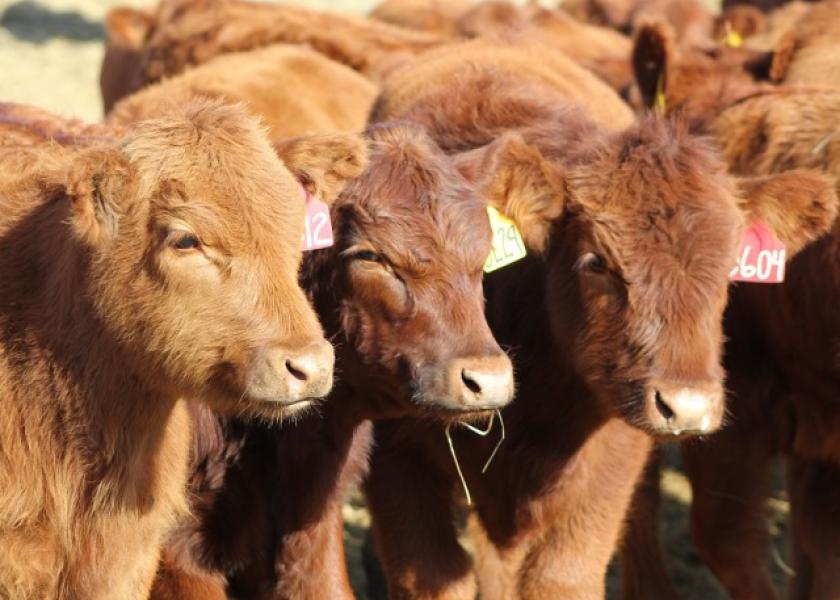The Importance of Updating and Maintaining a Marketing Plan

There is never a bad time to update your marketing plan.
By: Jay Parsons, UNL Farm and Ranch Management Specialist, and Kate Brooks, UNL Livestock Marketing Specialist
Every operation should develop and maintain a marketing plan. When developing a marketing plan, complexity and detail are less important than having something you are comfortable working with and adjusting. In an earlier BeefWatch article (July, 2015), we discussed what goes into a marketing plan. This article will focus on the importance of updating your marketing plan on a regular basis and how to go about doing so.
When you developed your marketing plan, you thought about what you plan on producing in the coming year, when you plan on having it ready to market or sell, and where you plan on delivering it. You set goals in terms of the average price you would like to receive for your product and took an inventory of the various marketing tools available to you that could help you achieve those goals.
This was all done using the best information available at the time the plan was put together. Information can change over time. If it has been a while since the plan was completed, a lot may have changed. There is never a bad time to update your marketing plan with more up-to-date information but, doing it at least monthly is a good idea even if the updates are relatively minor.
Since July, two things have changed that may require updated marketing plans. These include a decline in calf prices and declining corn prices. Every situation is different, so other factors may have changed for some operations as well.
To give you an idea of how quickly and drastically things can change, we have developed a table of information about expectations this past summer for fall prices and the prices we saw in the October markets based off of the Livestock Risk Protection (LRP) data for cattle.
In July, you may have built your marketing plan with a $220-$225 per cwt. target price received for your weaned calves. Depending upon your timing and marketing tools used, you may have come close to hitting that target. However, if you left a significant quantity of your calf crop unpriced, you have been watching a $30-35 per cwt. drop in market price.
This price change did not happen all at once, but you have been unable to lock in anything close to your original price target of $220-225 for some time now. A disciplined approach to updating your price expectations and, subsequently, updating your marketing plan along the way are important components of achieving success in a volatile market situation. As the situation has changed, marketing plans need to be adjusted.
Another factor to consider is that during this same time span we have watched corn prices decline about 60 cents per bushel. In short, market conditions have changed considerably since July. Cattle prices have declined but feed prices have come down, too. The question is “what makes the most sense for you moving forward given the current conditions?” You should ask yourself this question when you build your marketing plan and continue to ask yourself that question on a regular basis as you update and adjust your marketing plan with the latest information available.







